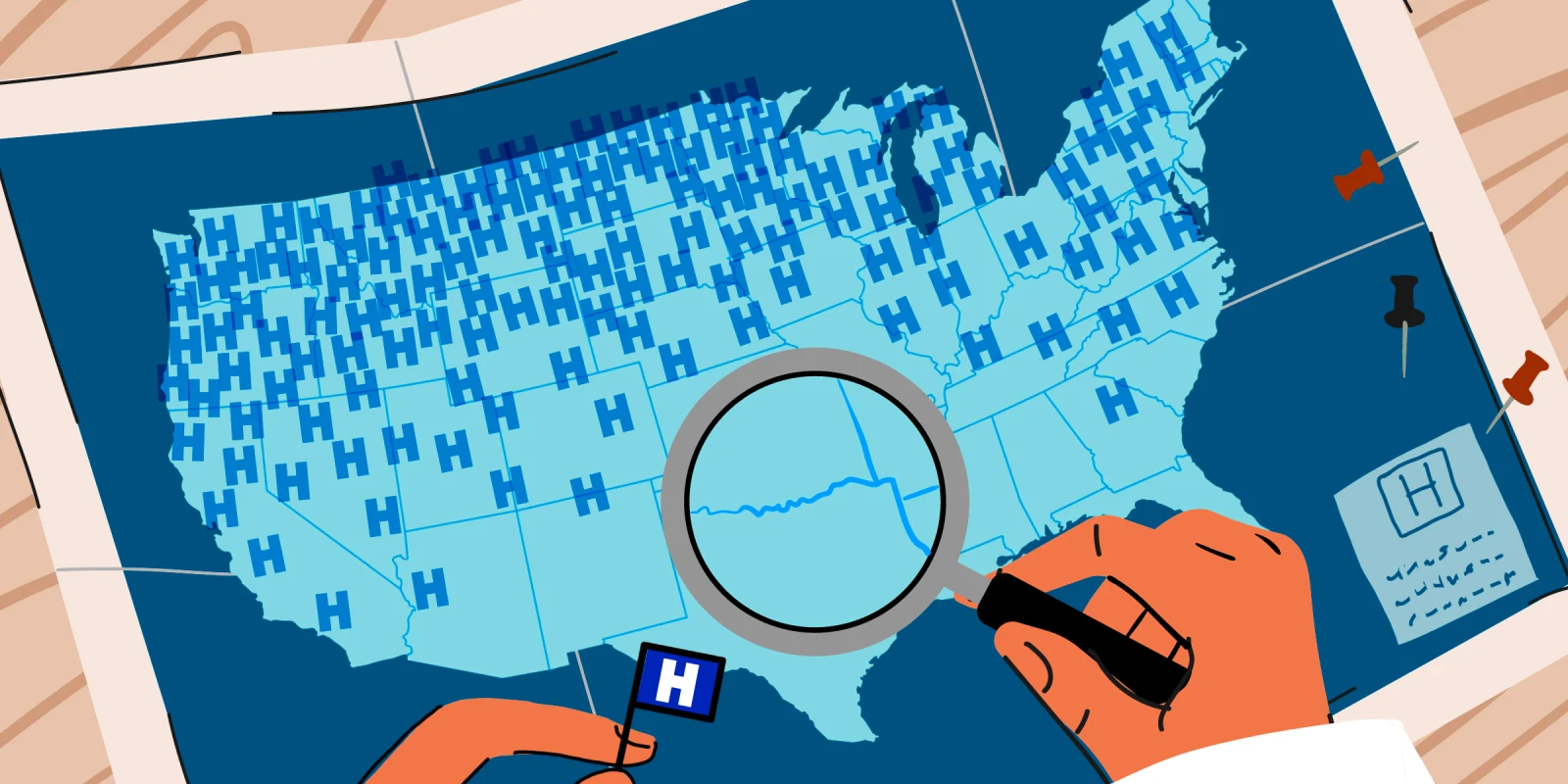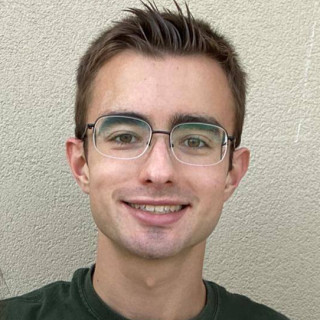If one took a map of the U.S., they could draw a line connecting all the states with the worst life expectancy. They center around the Northern Coast of the Gulf of Mexico and extend upward toward West Virginia. These states have always lagged behind the rest of the nation, and the COVID-19 pandemic has seemingly pushed them back even further. To many living in these states, lack of health care and poor health outcomes are simply a part of the social landscape.
As someone attending medical school in Florida, I had a rudimentary understanding of this geographical inequality. The Deep South is a harsh area of the country to live in. Poor infrastructure, very low GDP per capita, high rates of obesity, slow expanded Medicaid uptake, cities that still bear evidence of systemic racism … the list goes on. The old movie trope where the protagonist escapes their small town and finds success in a big city up North reinforces the idea that to be successful here you can only do one thing: leave.
It wasn’t until my residency interviews came around that I came to understand the challenges health care providers face in the South. I applied for med-peds, a relatively niche specialty with a limited number of programs and open positions. Slowly, residency interview offers came into my inbox, and my fears of being unmatched dissipated. As I prepared for my interviews, I mapped the institutions interested in me and discovered a regional preference: Most of my invites were coming from the Southern states surrounding Florida. In this moment, I felt torn. If I was the protagonist of my own movie, wouldn’t this be my opportunity to travel north?
My initial feelings are very common among medical students. Most of us are young, and nearly all of us have some sense of self-importance. After more than eight years of schooling, we look for an area of the country with the most opportunity. In fact, the 2021 NRMP Applicant Survey showed that desired geographical location was the most important factor in forming a rank order list, with over 90% of applicants indicating it influenced their decision. For traditional medical students, The Match is often the first time students can vote with their feet.
When geographical desirability comes into play, the poor states continue to lose. Per a 2019 study, the poorest states in the country tend to see more of their medical school graduates leave for greener pastures. Nearly 60% of graduates in the NRMP region with the worst life expectancy (East South Central) leave for residency programs in other states. Parts of the country with higher life expectancies and better outcomes do both a better job retaining their graduates and poaching newly minted doctors from other regions. This geographical inequality appears to only be getting worse, as a 2020 study predicts that by 2030 the physician surplus in the Northeast will remain as shortages become more common throughout the U.S.
Somewhere along the residency interview trail, my initial feelings started to fade. Health outcomes vary so significantly in various parts of the country, and most reasons behind these disparities remain outside of individual control. I can’t single-handedly change income inequality, distrust of the medical community, the impacts of the opioid epidemic, or the disjointed health care system we have in the U.S. I can, however, choose to go where I’m needed.
I’ll be starting my residency training in Mississippi next year, a state with a reputation so poor that residents of surrounding states have adopted the adage of “Thank God for Mississippi” when comparing metrics of health and quality of life. The state’s lowest life expectancy and highest rates of maternal mortality coincide with the country’s lowest median household income and highest health care uninsured rate. I’ll be practicing in a city that’s been plagued by a water crisis; one where lead levels in the local water supply make it potentially unsafe for my younger pediatric patients. Knowing what I’m up against is daunting, but I’m ready to face the challenges ahead.
Physicians are needed everywhere, but as long as geographical inequality exists there will be areas of the country with greater needs than others. Higher incomes mean physicians have geographical mobility not afforded to many, and this can only worsen geographical inequality. Formulating your rank order may be the first time you can truly vote with your feet. So I pose to you this idea: When formulating your rank order list, think, “Where am I most needed?”
Lachlan is a fourth-year medical student attending the USF Morsani College of Medicine. His interests include neurological research, medical humanities, and running. He was a 2022–2023 Doximity Op-Med Fellow, and continues as a 2023–2024 Doximity Op-Med Fellow.
Illustration Collage by Jennifer Bogartz / Wanlee Prachyapanaprai / Getty Images







